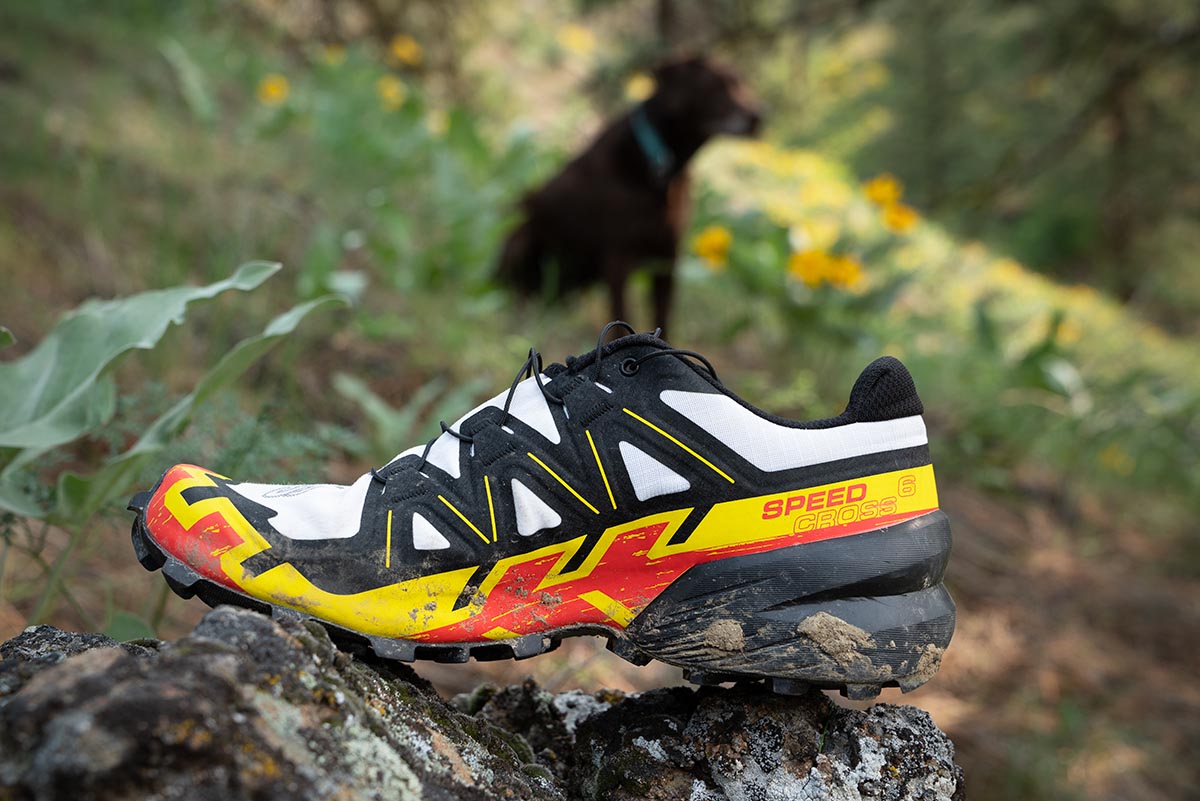The Best Trail Running Shoes for Every Terrain
Trail running offers an exhilarating escape from the monotony of urban landscapes, but it demands footwear that can withstand diverse terrains. The best trail running shoes are designed to provide stability, traction, and comfort across various surfaces. Whether you’re navigating rocky paths, muddy trails, or steep inclines, the right pair of shoes can make all the difference.

Understanding Trail Running Shoes
Trail running shoes are engineered to handle the rigors of off-road running. According to Wikipedia, these shoes typically feature aggressive tread patterns for better grip, reinforced toe caps to protect against impacts, and more durable materials to withstand abrasive surfaces. The design philosophy behind these shoes is to offer a balance between performance and protection, ensuring runners can tackle any trail with confidence.

Key Features to Consider
When selecting the best trail running shoes, several key features should be considered. Traction is paramount, as it ensures stability on slippery or uneven surfaces. Shoes with Vibram or Michelin outsoles are often favored for their superior grip. Additionally, cushioning is crucial for absorbing shock and providing comfort over long distances. Shoes with responsive cushioning, such as those using EVA foam orBOOST technology, are highly recommended.

Terrain-Specific Recommendations
Different terrains require different shoe characteristics. For rocky trails, shoes with robust protection, such as the Salomon Speedcross series, are ideal. These shoes offer excellent traction and toe protection, making them suitable for challenging environments. For muddy conditions, shoes with drainage systems, like the Altra Lone Peak series, provide better water resistance and quicker drying times.

Expert Opinions and Reviews
Renowned athletes and experts often share their insights on the best trail running shoes. For instance, ultramarathon runner Scott Jurek recommends shoes with a natural foot shape, like those from Altra, for their zero-drop design and wide toe box. These features promote a more natural running gait and reduce the risk of injuries. Reviews from reputable sources, such as Runner’s World and Trail Runner magazine, also provide valuable guidance in selecting the right shoes.

Conclusion
Choosing the best trail running shoes involves understanding your specific needs and the terrain you’ll be encountering. By considering factors such as traction, cushioning, and terrain-specific features, you can find a pair that enhances your performance and ensures a safe and enjoyable running experience. Remember, the right shoes are an investment in your health and enjoyment of the great outdoors.
